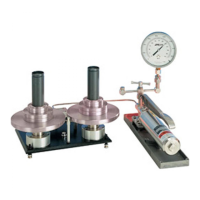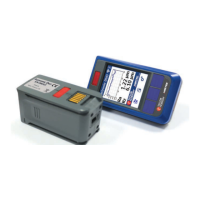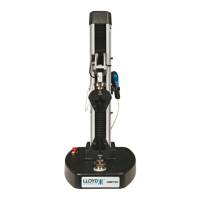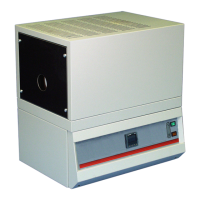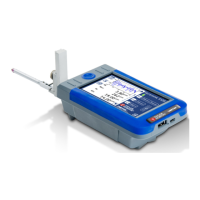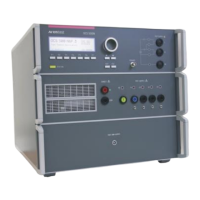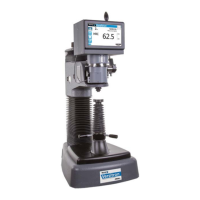37
110 An unknown command was received
111 An invalid RTD or TC parameter value was received
112 The serial input buffer overflowed
113 Too many entries in the command line
114 The serial output buffer overflowed
115 Output is overloaded
116 Calibrator not in pulse train mode when TRIG was received
117 An invalid FREQ_TYPE was received
7.5 Entering Commands
Commands for the calibrator may be entered in upper or lower case.
There is at least one space required between the command and
parameter, all other spaces are optional. Almost all commands for the
calibrator are sequential, any overlapped commands will be indicated as
such. This section will briefly explain each of the commands and describe
their general use, which will include any parameters that may be entered
with the command as well as what the output of the command is.
7.5-1 Common Commands
*CLS
Clears the ESR, the error queue and the RQS bit. Also terminates all
pending operations. When writing programs, use before each procedure
to avoid buffer overflow.
*ESE
Loads a byte into the Event Status Enable register. The command is
entered with a decimal number that, when converted to binary, enables
the right bits in the Event Status Register. For example:
*ESE 133
When 133 is converted to binary it is 10000101. Bits 7, 2, and 0 will be
enabled.
*ESE?
Returns the contents of the Event Status Enable register. The value
returned is a decimal. For example, if the register has the following
settings:
10000101 than the value returned will be 133.
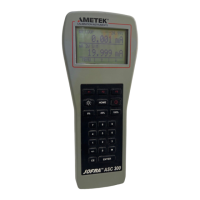
